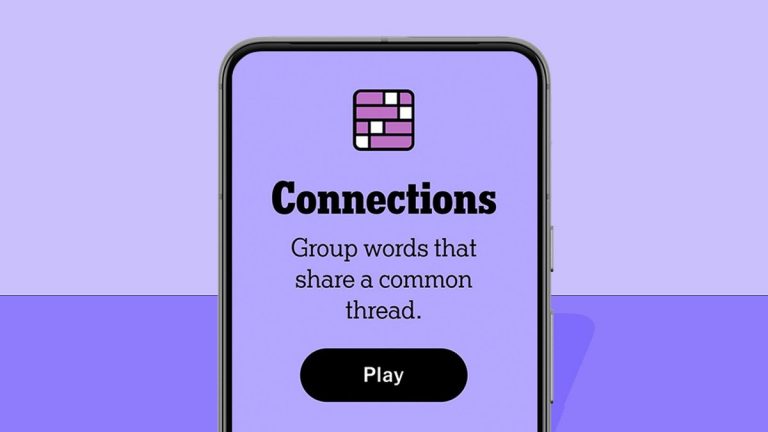Lando Norris has declared he can become world champion next season after securing McLaren’s first constructors’ championship since 1998 with a commanding victory at the Abu Dhabi Grand Prix.
The 25-year-old British driver clinched his fourth win of the season at the Yas Marina Circuit, leading from start to finish in a performance that helped McLaren fend off a strong challenge from Ferrari.
The triumph marked a historic moment for the Woking-based team, who entered the season finale with a 21-point advantage over their Italian rivals.
Norris, who finished second in the drivers’ championship behind Max Verstappen, made his championship aspirations clear, stating “next year will be my year” after his dominant display.

Lando Norris stormed to victory at the Abu Dhabi Grand Prix
Reuters
Ferrari’s Carlos Sainz and Charles Leclerc finished second and third respectively, with Lewis Hamilton taking fourth place in his final race for Mercedes.
The result solidified Norris’ position as runner-up in the drivers’ championship, marking his highest career finish to date.
Throughout the season, Norris had been Verstappen’s closest challenger, with the pair engaging in several notable battles before the Dutchman secured his fourth world title last month.
McLaren’s strong qualifying performance saw them secure a front-row lockout, strengthening their position heading into the crucial championship decider.
The team’s impressive form throughout the latter part of the season proved decisive in securing the constructors’ title, despite Ferrari’s late surge in form.
JUST IN: Major Michail Antonio health update after horror car crash
Speaking after the race, Norris expressed unwavering confidence in his championship potential.
“I certainly know that I have got a lot of what it takes,” Norris told Sky Sports. “There’s no doubt about that and I am confident in saying that.”
The McLaren driver acknowledged areas for improvement but highlighted his progress throughout the season.
READ MORE: Lando Norris wins Abu Dhabi Grand Prix to seal constructors’ title for McLaren

Lando Norris stormed to victory at the Abu Dhabi Grand Prix
Reuters
The race’s dramatic start saw Verstappen dive up the inside of Piastri, resulting in contact that sent the Australian to the back of the field.
“I saw in my mirrors what happened in turn one. It definitely made me a bit more nervous than I would have liked,” Norris admitted.
Despite Piastri’s recovery to tenth place, Norris’ flawless drive secured the championship for McLaren.
McLaren CEO Zak Brown described the race as “the worst two hours of my life” but praised Norris’ performance.

Lando Norris handed McLaren their first constructors’ championship since 1998
Reuters
“I have confidence in myself which is not a common thing. I’m never going to go around screaming that kind of thing,” he said.
He emphasised his readiness to compete with Formula One’s elite drivers.
“I have confidence that I can fight against Max and Charles and all of these other drivers,” Norris declared.
“I have what it takes. Yes I need to improve in areas. I am going to work hard over the winter to improve on them. I’ll do that and we’ll fight.”
“Lando drove brilliantly. Unfortunate what happened to Oscar at the start but the team was flawless,” Brown told Sky Sports.
Brown expressed confidence in Norris’ championship prospects, adding: “With the momentum Lando is on, I wouldn’t bet against him.”



























+ There are no comments
Add yours